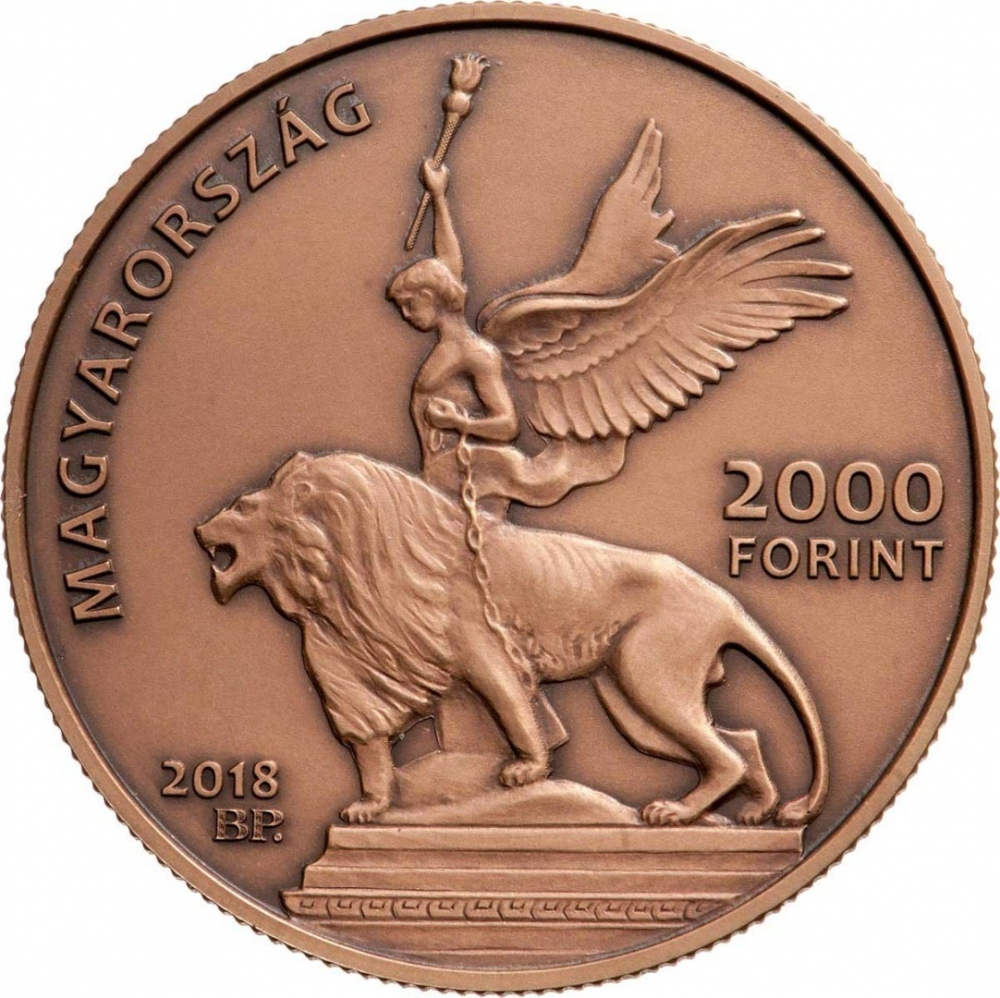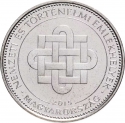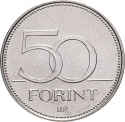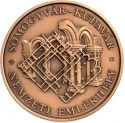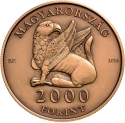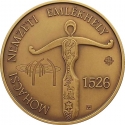You are about to finish your registration. Please check your mailbox (including spam folder). There should be a letter with a confirmation link. Check setting to make sure that your e-mail address is correct.
Send letter againDescription
Hungarian historical landmarks hold profound significance as sites of memory, revered for their national, religious, regional, or minority importance. While they often boast remarkable architectural features, their primary value lies in their historical significance. According to legislation, a national memorial site can encompass either a constructed setting or a natural locale where a pivotal event from the past, shaping the nation's trajectory, or a significant state decision has unfolded, deemed worthy of national remembrance.
Distinguished national memorial sites serve as crucial touchstones in both Hungarian history and the history of the Hungarian State. They offer visitors a window into the pivotal events, tragedies, and triumphs that have shaped Hungary's past. Presently (as of 2024), the country boasts sixty-four recognized historical landmarks, designated as such by government decree following recommendations from the National Memorial and Mourning Committee. The National Heritage Institute ensures their consistent identification, erecting markers that not only uniformly distinguish the landmarks but also succinctly convey their significance to interested parties.
Engraver: Márta Csikai
Obverse

|
Depicts the Deák Mausoleum and the pathway leading to it in the Fiumei Road Cemetery, with graves in the background. In the depiction of the pathway, the inscriptions "FIUME ROAD GRAVEYARD" and "NATIONAL MEMORIAL SITE" are arranged in two rows. Above the inscription, the emblem of national memorials is depicted, while below it, the engraver's privy mark is placed. FIUMEI ÚTI SÍRKERT |
|---|---|
Reverse

|
Depicts the statue group atop the Kossuth Mausoleum in the Fiumei Road Cemetery, showcasing a winged Genius holding a torch and a lion freed from its chains. Below, the denomination and the inscription "FORINT" are displayed in two rows. Along the upper left edge, "HUNGARY" is inscribed in a quarter-circle, while the issuance year "2018" and the mintmark "BP." are positioned next to the statue base in two rows. Under at least tenfold magnification, microscript is visible in the mintmark. HUNGARY |
| Edge |
2000 Forint
Hungarian National Memorial Sites
Fiume Road Graveyard
Subscribe series
Adamo# EM361
Hungarian National Memorial Sites
Fiume Road Graveyard
Characteristics
| Type | Commemorative Issue (Non-circulating) |
| Material | Bronze Plated Copper |
| Weight | 18.4 g |
| Diameter | 37 mm |
| Thickness | 2.7 mm |
| Shape |
|
| Alignment | Medal |
| Mint |
Budapest Mint (BP)
|

